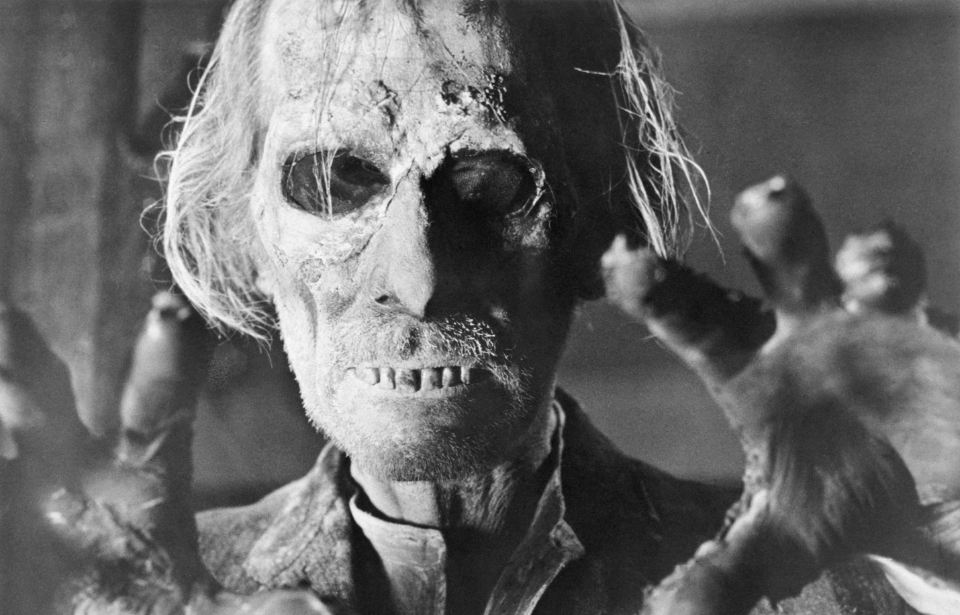Zombies have been a pop culture craze, especially with the recent television series The Walking Dead. But these flesh-eating creatures are not all fiction. Zombies actually have a very real history dating back centuries ago, ages before they ever reached the theater and television screens.
Fear of the undead first appeared in ancient Greece
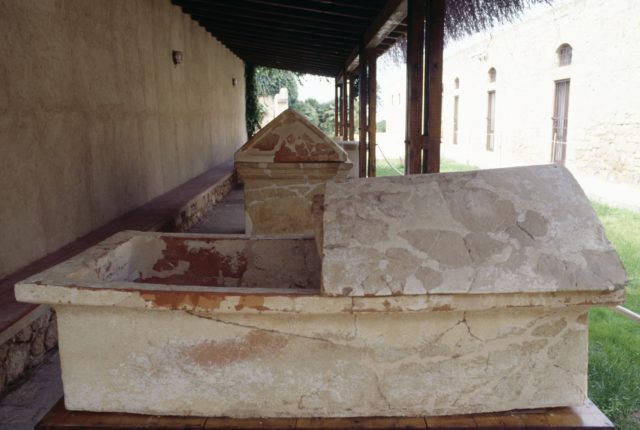
Although zombie folklore has only appeared in more recent histories, a fear of the undead may have traces as far back as ancient Greece. This version doesn’t follow the pop culture depiction of flesh-eating zombies. These ghostly dead simply rose from the grave to stalk the living.
Archaeologists have discovered many disturbing graves dating back to ancient Greece where the skeletons were weighed down by rocks and other heavy objects. Archaeologists believe that the purpose of pinning dead people down like that was to prevent their bodies from coming back to life and rejoining the living.
17th and 18th-century slavery in Haiti
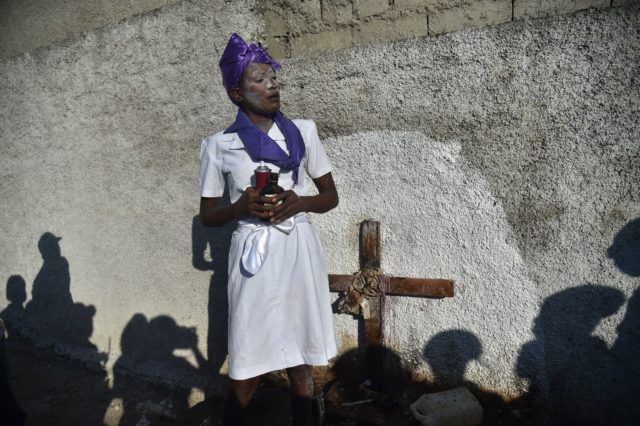
Zombie folklore as it is more commonly understood today has been dated back to the 17th and 18th centuries in Haiti, when it was ruled by France and known as Saint-Domingue. At this time, West African people were shipped to Haiti to work as slaves on sugar cane plantations. With them, they brought the concept of voodoo. The practice of voodoo, alongside brutal working conditions that halved the slave population within a few years, really sparked the idea of zombies.
Many West Africans who were brought over as slaves believed that zombies were the product of voodoo practitioners known as ‘bokors.’ These sorcerers would use different objects, like animal parts, herbs, shells, bones, and other things, to create ‘zombie powders’ that could be used along with spells to revive the dead and create zombies.
The effects of tetrodotoxin
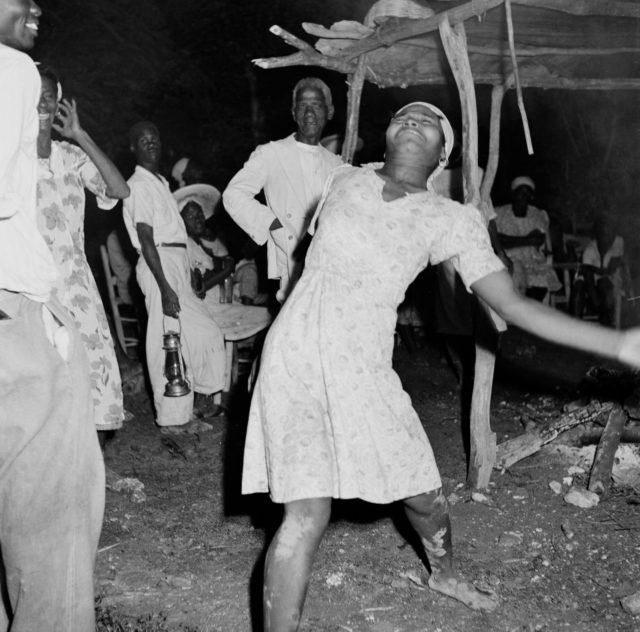
Inside these zombie powders was a deadly neurotoxin called tetrodotoxin that’s found in puffer fish and other animals. This neurotoxin causes intense symptoms that can emulate the effect of zombies as they appear in modern pop culture.
Tetrodotoxin, especially in sub-lethal doses, can cause the victim to have difficulty with walking. It also causes mental confusion, respiratory problems, and temporary paralysis that could send the victim into a coma, which makes them appear to be dead. Some of these victims were buried alive, and if they were revived it only intensified the belief in real zombies.
There were multiple verified cases of zombies
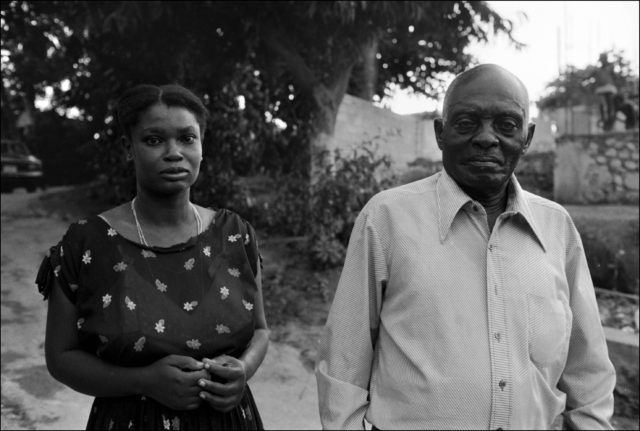
In 1997, British medical journal The Lancet provided multiple verified accounts of zombies in history, specifically in Haiti. In one case, a Haitian woman appeared to be dead and was buried in a family tomb. That same woman reappeared three years later. When her tomb was investigated, it was found to be filled with stones. Later, her parents later agreed to bring her to the hospital.
In a 1962 case, Clairvius Narcisse, a Haitian man, was admitted to a local hospital for respiratory problems. There, he slipped into a coma, was later declared dead, and was buried shortly afterward. Eighteen years later, a man approached Angelina Narcisse, who was Clairvius’ sister, claiming that she was his sister. He was later identified as Clairvius and it was determined that he had been buried alive, dug up, then put to work on a sugar plantation in another part of the country.
Zombies in film
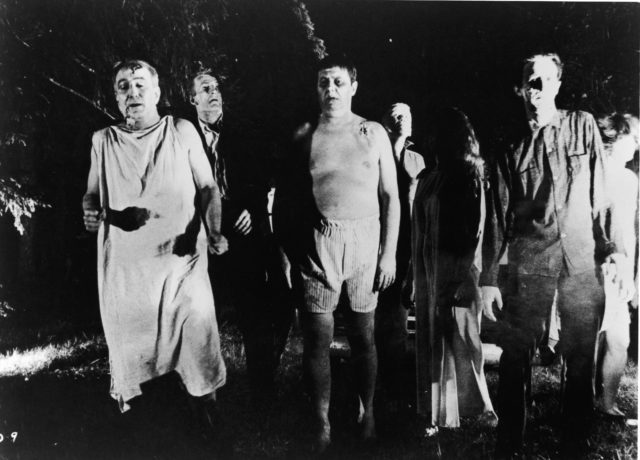
The concept of zombies first appeared in literature as far back as 1697, but were described as ghosts or spirits instead of flesh-eating undead. However, zombies didn’t make an appearance in film until the 1932 release of White Zombie.
More from us: Werewolves: The Real History Behind The Frightening Legends of Lycanthropy
Zombies established a cult following after the release of the 1968 film Night of the Living Dead and the craze has continued into modern-day pop culture.
